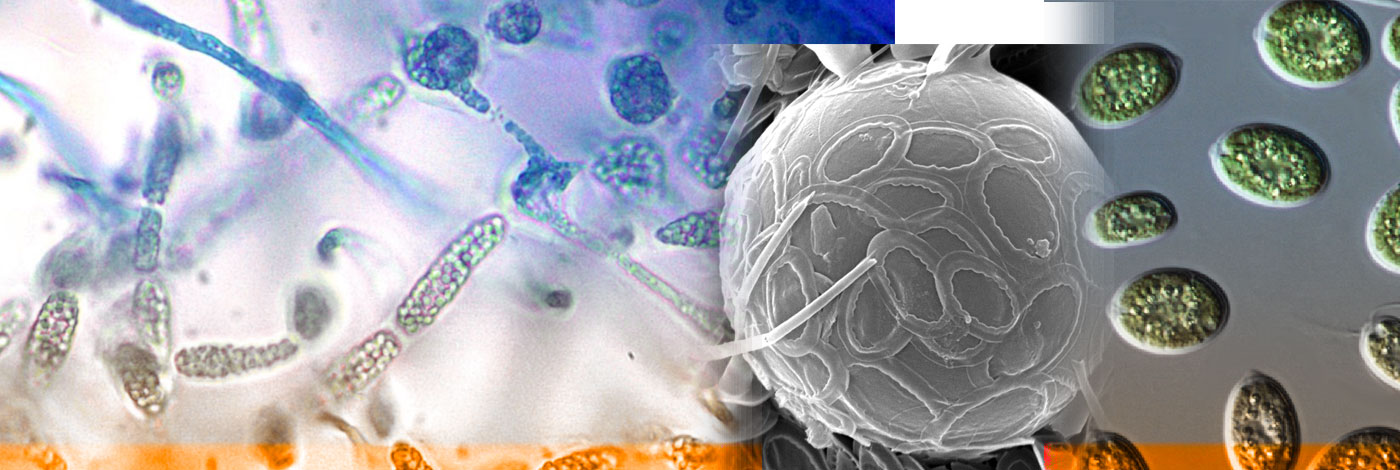

 Cryptogamie, Algologie
34 (1) - Pages 03-35
Cryptogamie, Algologie
34 (1) - Pages 03-35The red algal family Halymeniaceae has been recently the subject of taxonomic revisions based strictly on molecular data. As a result, the number of genera ascribed to it has been decreasing and many generic definitions changed profoundly owing to inconsistencies in diacritical vegetative and particularly reproductive characters in standard literature. Reproductive uniformity within this family has been claimed since the late 19th century and is generally supported by recent authors. In this study we report on consistent significant differences in the architecture of carpogonial and auxiliary cell ampullae, as well as in early postfertilization events, among Mediterranean species currently assigned to the genus Grateloupia C. Agardh and provide new interpretations of these features. We recognize several distinct types of ampullae and postfertilization events that distinguish groups of species, these groups proving to be strongly supported by rbcL phylogenies. As a result we conclude that the genus Grateloupia as presently circumscribed should be segregated into multiple genera. In addition to Grateloupia sensu stricto, we resurrect Dermocorynus P.L. Crouan et H.M. Crouan, Pachymeniopsis Y. Yamada ex S. Kawabata, Phyllymenia J. Agardh and Prionitis J. Agardh, all of which have been subsumed in Grateloupia by previous authors. New genera based on our anatomical and rbcL results for G. doryphora (Montagne) M. Howe, G. subpectinata Holmes and G. proteus Kützing will be described in subsequent papers.